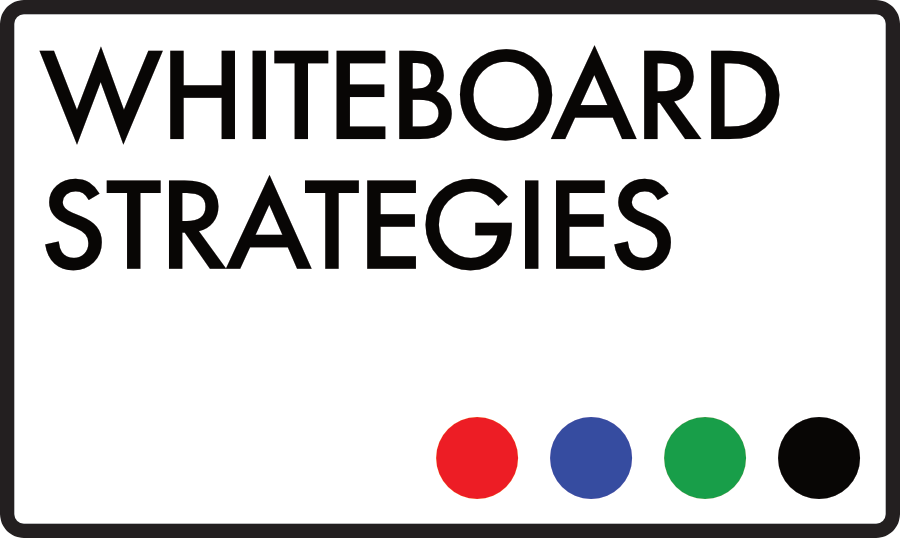“I’m a great believer that any tool that enhances communication has profound effects in terms of how people can learn from each other.”
– Bill Gates
Like many of you, the first thing I did this morning was to grab my phone for a quick skim of my emails. At least, it should have been a quick skim – it was 6:30, I had only gone to bed 5 hours earlier, and the last thing I had done before I went to bed was to clear my inbox (stop laughing at the back).
As it happened, my quick skim took some time – because in the 5 hours between 1:30-6:30am, I’d received 136 emails.
I’m not complaining at all. I love that we live in an age with so much communication. But it did get me thinking about how many more emails I would have if I worked for one of the global sales organisations that I work with – an organisation where any hour of the day or night is a work hour somewhere in the workforce, where I had thousands and thousands of co-workers… I’d start the day up to my eyes in emails, even before we got onto tweets, LinkedIn messages and requests, texts and voicemails.
Front line sales reps and other teams are snowed under. I’m not going to say we need to change that. But it does mean that to stand out in all that noise, to cut through the day-to-day bullshit that your teams have to deal with you need to distinguish your internal comms from the racket.
Internal comms in most companies with any scale are a disaster. According to a 2014 Weekdone.com survey, 41% of all employees say that a lack of communication between management and staff is the biggest problem. It’s a top-down problem that needs a top-down solution – it’s leaders and managers who need to act to improve the communications culture within an organisation, to cut through the noise and lead by example.
Visuals are the way to do it. Increasingly, companies are embracing visuals for external presentations and sales pitches, but they’re the perfect tool for internal comms too. They make explaining complex ideas simple, coherent and consistent, even across globally disparate sales forces. They aid understanding, give structure to thoughts and ideas, improve retention and encourage peer-to-peer learning.
From a doodle to a fully designed, delivered and trained whiteboard strategy, visuals are the way forward. So, how do you use visual comms as effectively as possible when communicating with your work force?
1) Boil the Message Down. Visuals are great for explaining complex ideas simply (think about how much easier it is to draw someone a circle, rather than explain what a circle is). But you can help yourself here, by ensuring that the message you are trying to communicate is as lean as possible. Get your visuals and your narrative as simple, clean and coherent as possible. Everything else is just noise.
2) Make Your Visuals Simple (even if your idea isn’t). My philosophy when it comes to visual comms is that less is more, and that a way of communicating visually that everyone can get involved with is way more effective than one that is exclusively accessible to designers and creative teams. I use simple combinations of words, images and shapes that help to structure the whiteboard, the narrative and the idea. If you can draw a stick man, you can embrace visuals.
3) Commit to Using Your New Visuals. There’s a story I use sometimes when I’m working with clients about a guy who buys a weights bench. He’s going to get a body like Arnie in time for next summer, so he puts the bench out in his garage. It sits there, and he ignores it. Eight weeks later, he’s not seen any results. 12 weeks later he’s put on a few pounds if anything. Eventually he throws the weights bench out because it obviously doesn’t work. The point is that tools only improve things for you if you use them – just having them isn’t enough.
4) Measure Your Results. People often mistake the start line for the finish line. Putting together a whiteboard, or an infographic, or cascading a flow chart or doodle out to your people is just the beginning – what happens next is the interesting part. Visual aids used properly can aid understanding by 400% – so keep reviewing your results and keep tweaking until you’ve nailed it.
From notepad doodles to co-workers using whiteboards to explain ideas, products or systems to each other, and from the simplest departmental rebrand to fully designed whiteboards with custom narratives that you roll out worldwide, visuals can and will change the way your teams work. That Weekdone.com survey I mentioned showed that companies who successfully establish a top-down culture of internal comms see up to a 47% lift in total returns to shareholders, a 19% higher market premium, a reduction of at least 20% in staff turnover and staff that are 4.5X more engaged. It’s a game changer.
You can find out more hints and tips on visualising and communicating complex ideas simply in ‘The Visual Communications Book’, or drop me a line if you’ve got a specific idea you want to talk over.

Recent Comments